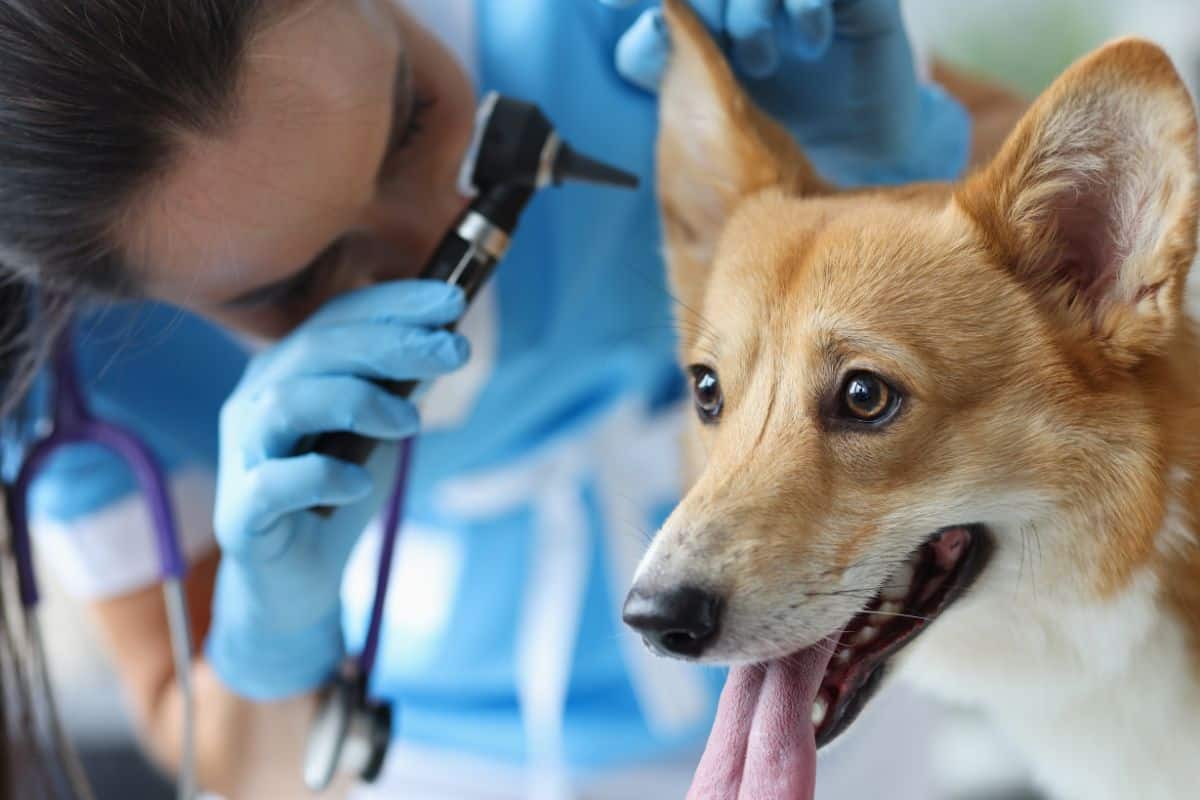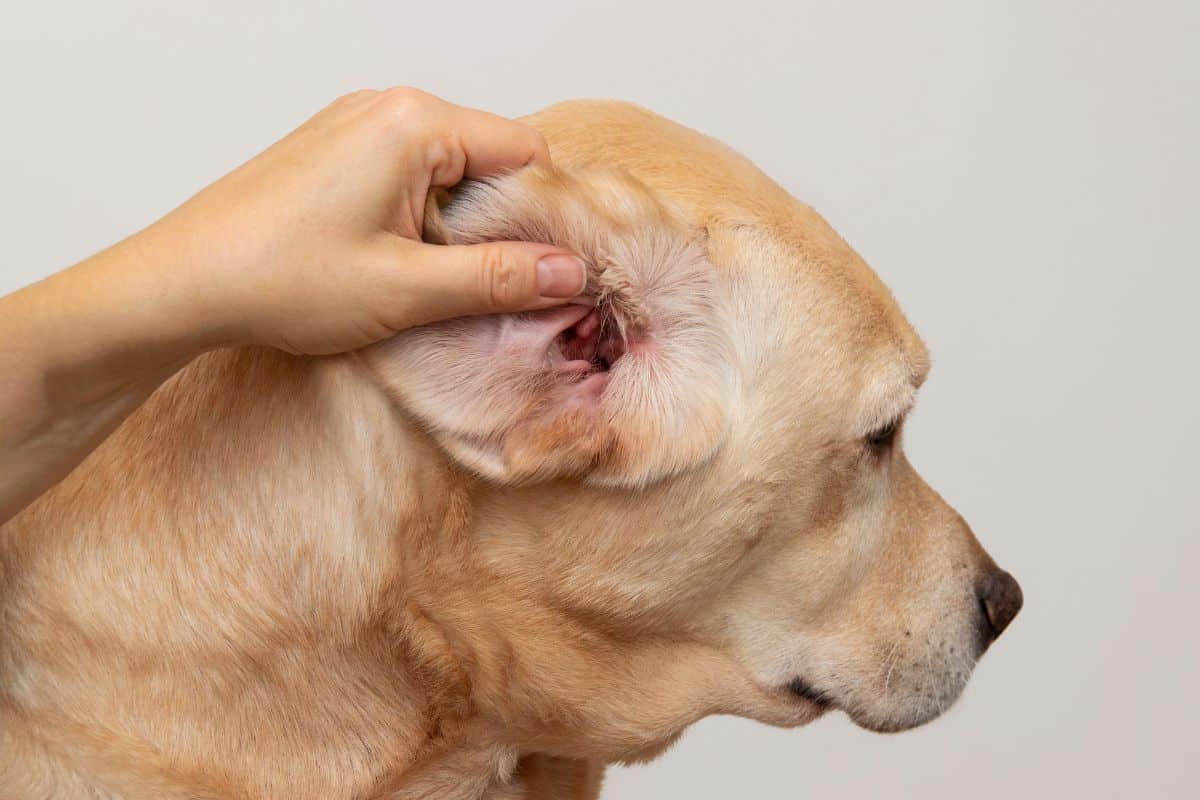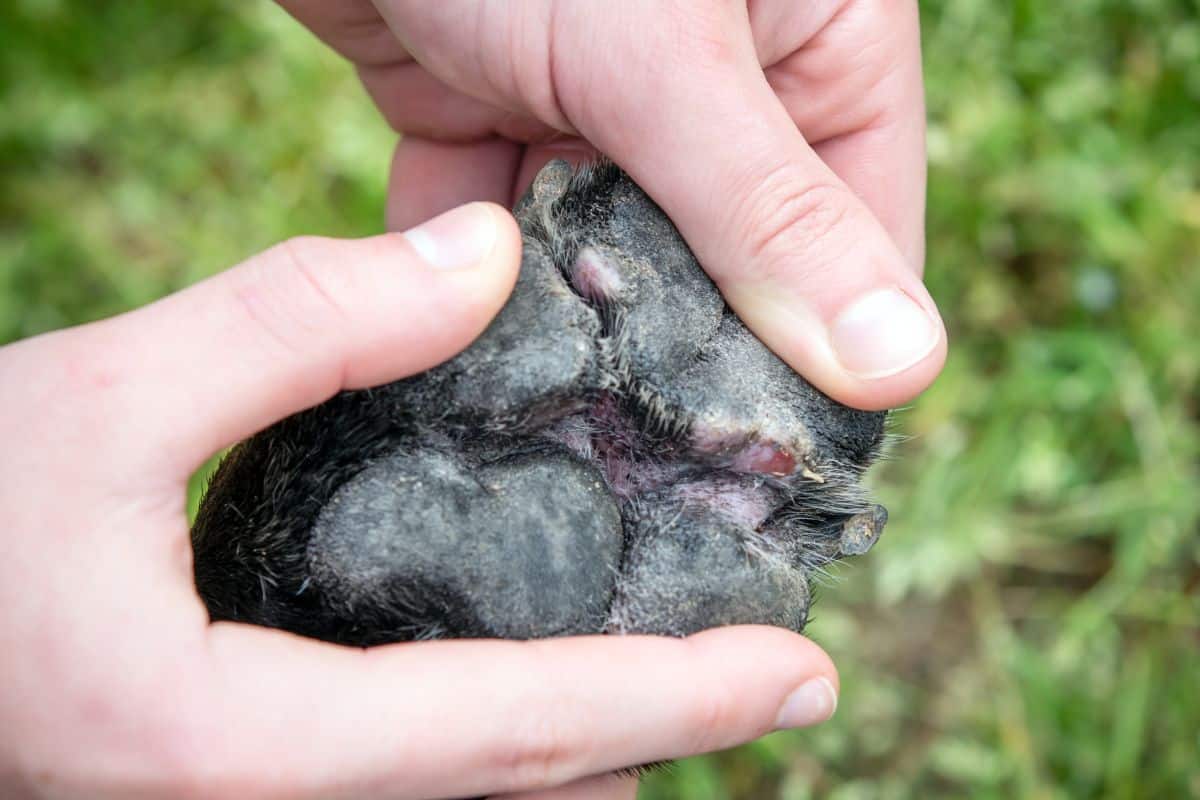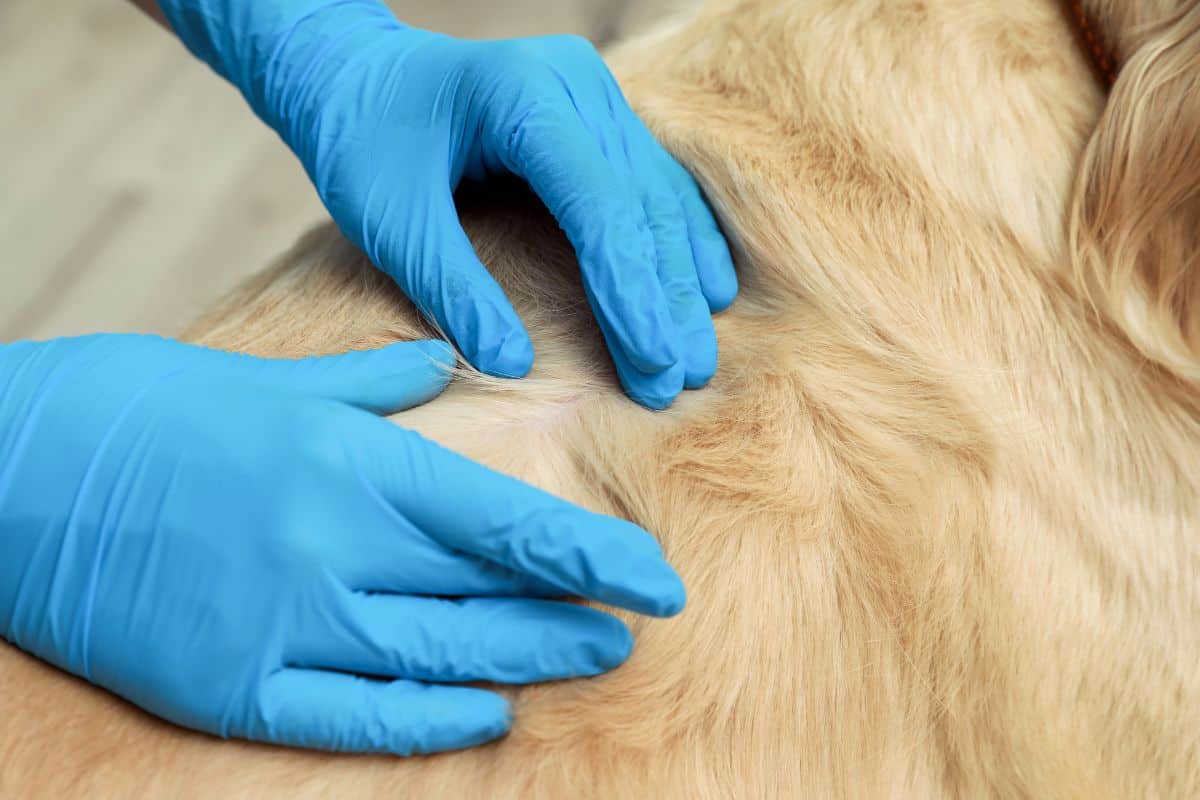Yeast Infections in Dogs: A Guide to Causes, Symptoms, and Treatments

Yeast infections in dogs can be perplexing and discomforting for our beloved companions. From ears to paws and skin, these infections can manifest in various forms. Understanding their causes, symptoms, and effective treatments is crucial for ensuring the well-being of our furry friends.
Overview of Yeast Infections in Dogs
Yeast infections in dogs, caused primarily by the Candida fungus, are more common than one might think. Several factors contribute to their development, including a weakened immune system, allergies, and warm, moist environments. These infections often target specific areas, such as the ears, paws, and skin.
Causes of Yeast Infections in Dogs
- Weakened Immune System: A compromised immune system makes dogs more susceptible to yeast infections. Conditions like diabetes or autoimmune disorders can weaken their ability to fight off fungal overgrowth.
- Allergies: Dogs prone to allergies, whether food-related or environmental, are at a higher risk of developing yeast infections. Allergies can disrupt the balance of microorganisms in the body, leading to fungal overgrowth. In addition to the treatments below, you should consider using dog allergies treatments.
- Moisture and Warmth: Yeast thrives in warm and moist environments. Dogs with excess skin folds or those living in humid climates are more prone to developing yeast infections.
Common Areas Affected
- Ears: Yeast infections in dog ears are a prevalent concern. Symptoms include persistent itching, redness, and an unpleasant odor. Regular ear cleaning and proper ventilation are key preventative measures.
- Paws: Dog paw yeast infections can cause lameness, redness, and paw chewing. Treatment involves topical solutions, antifungal medications, and paw soaks. Regular paw inspections and grooming can help prevent these infections.
- Skin: Skin yeast infections in dogs present as itchy and inflamed skin, black spots, and hair loss. Medicated shampoos, prescription medications, and dietary changes are common treatments. Regular bathing and avoiding moist environments are crucial for prevention.
Yeast Infection in Dogs' Ears

Ear infections are a common issue among dogs and can be particularly uncomfortable. Recognizing the symptoms early is essential for prompt treatment.
Symptoms
- Itching and Scratching: Persistent scratching of the ears is a telltale sign of a yeast infection.
- Redness and Swelling: Inflamed ears with redness and swelling indicate a potential fungal overgrowth.
- Unpleasant Odor: A foul odor emitting from the ears is often a clear indication of a yeast infection.
Treatment
- Topical Medications: Veterinarians may prescribe antifungal ear drops or ointments to address the infection directly.
- Veterinary Intervention: In severe cases, a vet may need to clean the ears and prescribe oral medications to combat the infection.
- Cleaning and Drying Techniques: Regular cleaning using vet-approved solutions and ensuring the ears are thoroughly dry can aid in preventing recurrence.
Prevention Strategies
- Regular Ear Cleaning: Implement a routine ear-cleaning schedule, especially for breeds prone to ear issues.
- Monitoring Allergies: Identify and manage allergies that may contribute to yeast infections.
- Proper Ventilation: Ensure good air circulation around your dog's ears to prevent the buildup of moisture.
Dog Paw Yeast Infection

Paw yeast infections can be painful and hinder a dog's mobility. Identifying symptoms early allows for effective treatment and prevention.
Symptoms
- Limping or Lameness: Persistent limping or reluctance to put weight on a paw is a clear sign of discomfort.
- Redness and Irritation: Yeast infections can cause redness, swelling, and irritation on the paw pads.
- Paw Chewing: Excessive chewing or licking of the paws suggests discomfort and the possibility of a yeast infection.
Treatment
- Topical Treatments: Antifungal creams or ointments can be applied directly to the affected paw pads.
- Antifungal Medications: Oral medications may be prescribed by a vet for severe or recurring cases.
- Paw Soaks: Soaking the paws in an antifungal solution can help alleviate symptoms and promote healing.
Prevention Strategies
- Regular Paw Inspections: Regularly inspect your dog's paws for any signs of redness, swelling, or abnormalities.
- Proper Grooming: Keep the fur between the paw pads trimmed to reduce moisture retention.
- Balanced Diet: Ensure your dog's diet is nutritionally balanced to support overall health and immune function.
Skin Yeast Infection in Dogs

Skin yeast infections can be visually distressing for dog owners, but with the right treatment and prevention, they can be managed effectively.
Symptoms
- Itchy and Inflamed Skin: Persistent itching and redness are common symptoms of a skin yeast infection.
- Presence of Black Spots: Black spots on the skin may indicate the presence of yeast, especially in areas with hair loss.
- Hair Loss: Yeast infections can lead to localized or widespread hair loss on the affected areas.
Treatment
- Medicated Shampoos: Use vet-recommended antifungal shampoos to cleanse the skin.
- Prescription Medications: In severe cases, oral antifungal medications may be necessary.
- Dietary Changes: A balanced diet can support the immune system and help prevent recurrent yeast infections.
Prevention Strategies
- Regular Bathing: Frequent baths using appropriate shampoos can help maintain skin hygiene.
- Avoiding Moist Environments: Keep your dog dry and avoid environments that encourage yeast growth.
- Nutritious Diet: Provide a well-balanced diet to support overall health and immune function.
Understanding yeast infections in dogs empowers pet owners to recognize, treat, and prevent these common issues effectively. With early intervention, proper care, and a holistic approach, our furry companions can lead healthy, itch-free lives.
Frequently Asked Questions
Common causes include a weakened immune system, allergies, and warm, moist environments.
Look for symptoms like persistent itching, redness, swelling, and an unpleasant odor emanating from the ears.
While home remedies can help manage symptoms, it's essential to consult a vet for a proper diagnosis and treatment plan. If your vet agrees, the following can help reduce the yeast population on your dog’s skin: apple cider vinegar, beta-glucan supplements, or ear cleaners with drying agents.
Yes, preventive measures include regular cleaning, proper grooming, monitoring allergies, and maintaining a nutritious diet.
Yes, black spots, especially in conjunction with itching and hair loss, can indicate a yeast infection of the skin.
A balanced diet supports overall health and strengthens the immune system, reducing the likelihood of yeast infections.
Cleaning frequency depends on your dog's breed and susceptibility to ear issues. Consult your vet for personalized advice.
 Author - Joseph Schifano
Author - Joseph Schifano
Joseph Schifano is the owner and President of The Academy of Pet Careers. With over 20 years of experience working in the pet field, managing large scale pet care businesses, he has experience in every facet of the industry. Joseph's focus is primarily on the business of pet care but his passion is in understanding animal behavior how a dog's brain works so we can improve the care we provide as pet professionals. He is a huge advocate for Pet Empowerment and Force Free training methods. Read more in Joseph's full bio.
